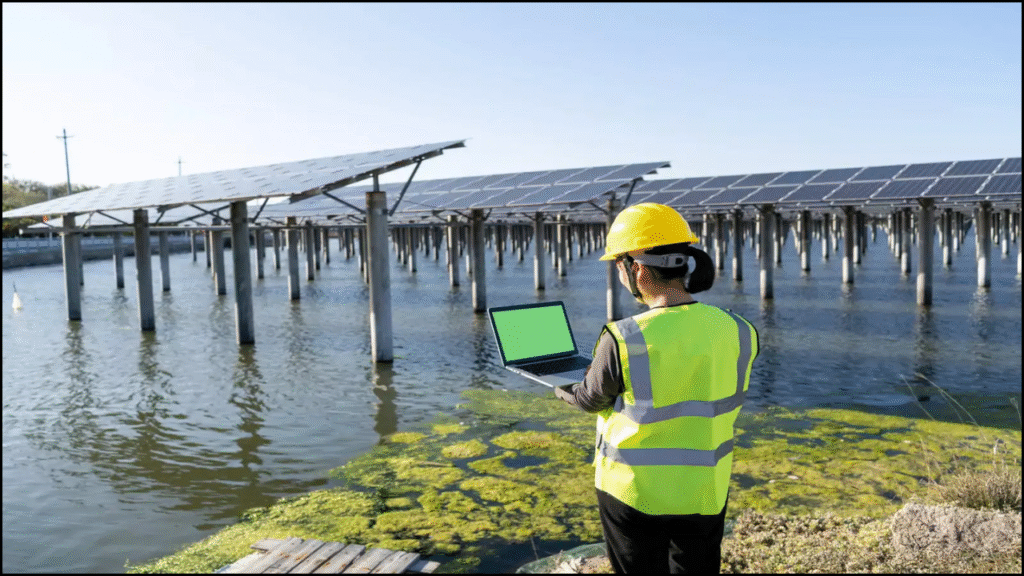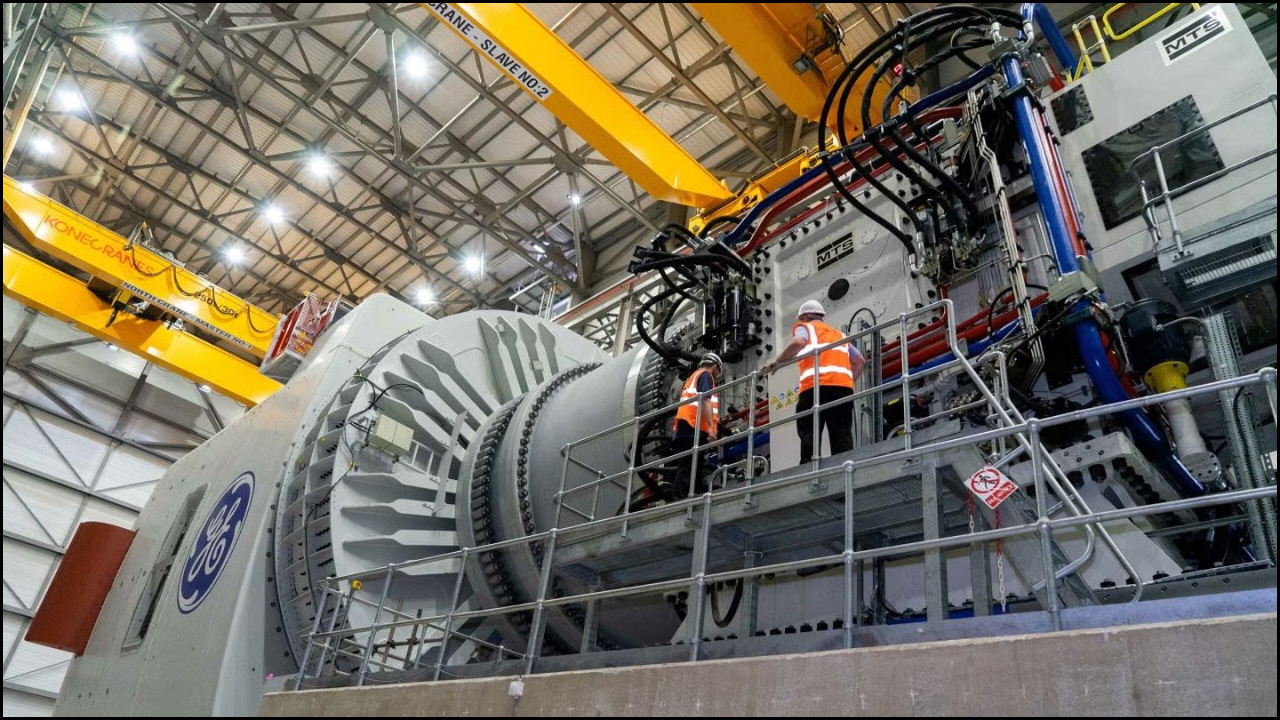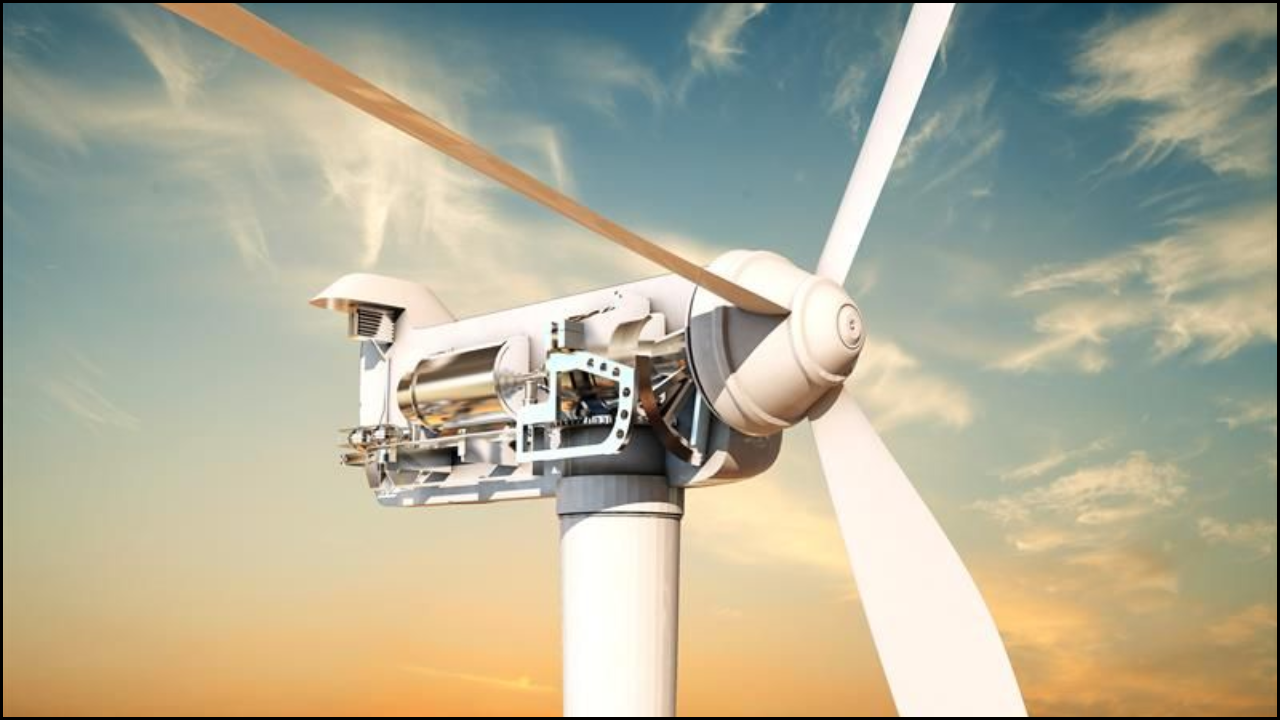
The shift toward renewable energy is reshaping economies and livelihoods, especially along coastlines. As nations move closer to their Net Zero 2050 goals, coastal communities are gaining new opportunities through sustainable industries. These opportunities go beyond energy production — they foster technical training, business innovation, and environmental stewardship. Renewable energy development has become a catalyst for regional growth, creating resilient local economies that thrive in a low-carbon world.
Table of Contents
Why Coastal Areas Are Ideal for Renewable Energy Expansion
Coastal regions offer both geographical and economic advantages for renewable energy investments. Their proximity to strong natural resources and shipping routes allows them to play a central role in the energy transition.
- Consistent wind speeds and tidal flows support large-scale power generation.
- Availability of ports and shipyards reduces logistical costs for offshore construction.
- Access to skilled marine labor facilitates installation and maintenance activities.
- Existing infrastructure can be adapted for new renewable energy operations.
- Coastal universities and research centers contribute to ongoing innovation.
Types of Renewable Energy Driving Job Growth in Coastal Areas
| Renewable Energy Type | Key Activities | Job Opportunities Created |
|---|---|---|
| Offshore Wind Energy | Turbine construction, cable laying, and operations management | Engineers, technicians, marine operators, logistics experts |
| Tidal and Wave Energy | Installation of turbines and energy converters | Ocean engineers, divers, data analysts, and project managers |
| Floating Solar Farms | Deployment of solar panels on water bodies | Electricians, structural engineers, environmental planners |
| Green Hydrogen Production | Electrolysis using offshore wind or solar power | Chemists, process engineers, and hydrogen storage specialists |
| Marine Biomass Projects | Seaweed and algae-based bioenergy systems | Marine biologists, aquaculture workers, and biofuel researchers |
Direct Employment Benefits of Coastal Renewable Energy
Renewable energy projects generate a wide range of direct jobs during different phases — from design and construction to operations and maintenance.
- Manufacturing: Production of blades, turbines, and offshore platforms boosts local industries.
- Installation: Skilled divers, vessel crews, and crane operators are in high demand.
- Maintenance: Long-term operations require technicians and monitoring specialists.
- Research and Development: Universities and labs employ scientists to improve efficiency and safety.
- Environmental Monitoring: Experts assess ecological impacts and develop sustainability strategies.
Indirect and Induced Job Creation
Beyond direct employment, renewable projects stimulate the broader local economy through indirect and induced jobs.
| Job Category | Examples of Employment Growth |
|---|---|
| Indirect Jobs | Supply chain manufacturing, transportation, equipment rental, and logistics services |
| Induced Jobs | Increased demand in housing, retail, healthcare, and local services due to new workers |
| Supportive Roles | Administrative, financial, and educational positions related to project management |
Skills Development and Training Opportunities
The growth of coastal renewable industries requires a skilled workforce. Many countries are investing in training programs to prepare residents for these new opportunities.
- Vocational courses teach turbine maintenance, electrical systems, and marine operations.
- Partnerships between universities and companies support hands-on apprenticeships.
- Digital and data analytics skills are increasingly valuable in smart monitoring systems.
- Continuous learning ensures workers adapt to evolving renewable technologies.
- Women and youth are encouraged to join technical and leadership roles in the sector.
Economic Diversification and Coastal Resilience
Renewable energy brings long-term stability to economies that previously depended on volatile industries like fishing or fossil fuel extraction.
| Economic Benefit | Description |
|---|---|
| Reduced Dependency on Fossil Fuels | Diversifies income sources and reduces exposure to global oil price fluctuations. |
| Local Business Growth | Small and medium enterprises supply parts, logistics, and services. |
| Tourism Revitalization | Eco-friendly infrastructure enhances sustainable tourism appeal. |
| Public Revenue Increase | Taxes and royalties from renewable projects strengthen local budgets. |
| Community Investment | Developers often fund education, healthcare, and social programs in host areas. |
Social and Environmental Benefits for Coastal Populations
Renewable energy does more than create jobs — it improves quality of life, promotes environmental protection, and supports community well-being.
- Improved Air Quality: Transition to clean energy reduces pollution-related illnesses.
- Energy Accessibility: Local renewable generation provides reliable power for remote coastal villages.
- Climate Adaptation: Green infrastructure strengthens resilience against rising sea levels and storms.
- Education and Awareness: Community engagement fosters a culture of sustainability.
- Gender Equality: Inclusion programs provide career opportunities for women in STEM fields.
Global Examples of Green Job Creation in Coastal Regions
| Country | Project Example | Employment Impact |
|---|---|---|
| United Kingdom | Dogger Bank Offshore Wind Project | Over 10,000 jobs in construction and maintenance |
| Denmark | Horns Rev Wind Farms | Growth of local supply chains and training programs |
| India | Gujarat Offshore Wind Development | New employment in port logistics and electrical engineering |
| Japan | Floating Solar and Hydrogen Integration | Opportunities in system design, energy storage, and data management |
| United States | Vineyard Wind Project (Massachusetts) | Boost in coastal construction, shipbuilding, and marine services |
Partnerships and Policy Support
Government support and international collaboration are crucial for maximizing job creation potential. Coastal renewable development thrives when supported by robust policy frameworks.
- Public–Private Partnerships (PPPs) ensure investment and shared responsibility.
- Green finance mechanisms lower project costs and attract investors.
- Education and workforce initiatives align academic programs with industry needs.
- Coastal zone management policies balance economic growth with ecosystem preservation.
- International funding programs, such as the Newton Fund and the Global Wind Energy Council, promote innovation and cooperation.
Challenges in Maximizing Job Creation
Despite the benefits, certain barriers limit the full potential of green job creation in coastal regions.
| Challenge | Explanation |
|---|---|
| High Initial Costs | Offshore projects require substantial upfront investment. |
| Limited Local Expertise | Lack of technical skills in remote regions slows progress. |
| Infrastructure Gaps | Inadequate ports, roads, or transmission networks hinder project execution. |
| Environmental Concerns | Need for careful ecosystem assessment before installation. |
| Policy Inconsistency | Fluctuating government support may disrupt long-term planning. |
Future Prospects for Green Employment in Coastal Communities
The coming decades will see exponential growth in offshore renewable projects, offering millions of green jobs worldwide. Focus areas for future development include innovation, sustainability, and community participation.
- Integration of AI and robotics for offshore maintenance will create advanced technical roles.
- Expansion of green hydrogen hubs will offer new industrial employment opportunities.
- The growth of marine research and monitoring will strengthen environmental careers.
- Promotion of eco-tourism and education centers will connect energy and culture.
- International partnerships will continue to enhance workforce mobility and training.
Closing Perspectives
Renewable energy is transforming coastal communities into centers of innovation, opportunity, and sustainability. By creating diverse green jobs, strengthening local economies, and preserving marine ecosystems, these projects support both people and the planet. The future of coastal regions lies in embracing clean energy industries that empower communities, reduce inequality, and drive global progress toward a sustainable, carbon-free world.





